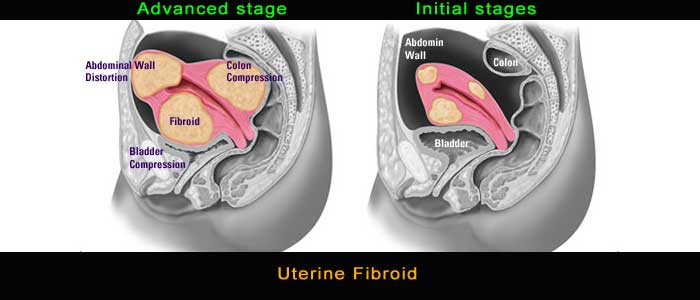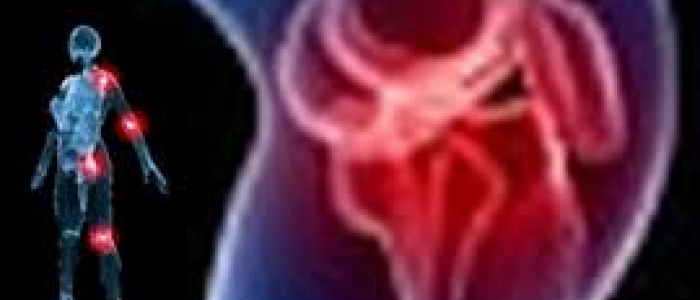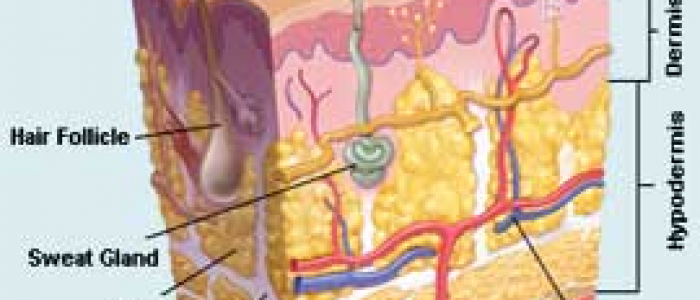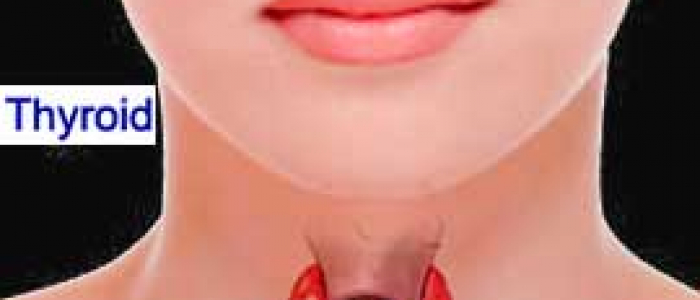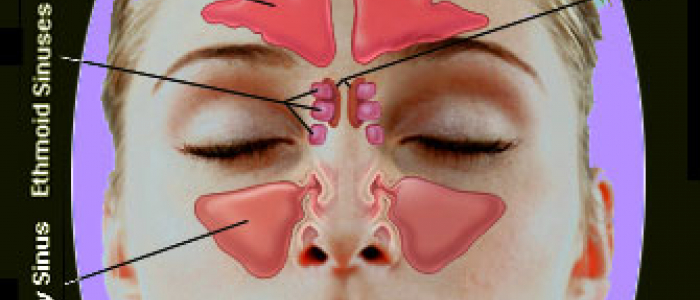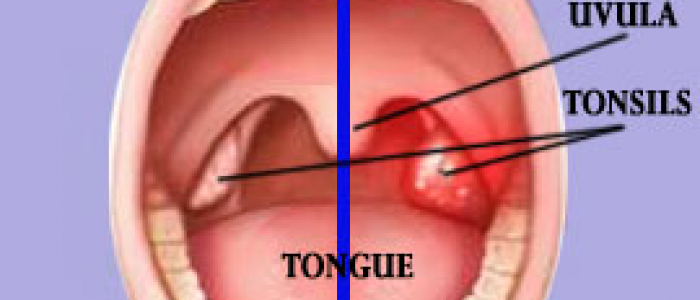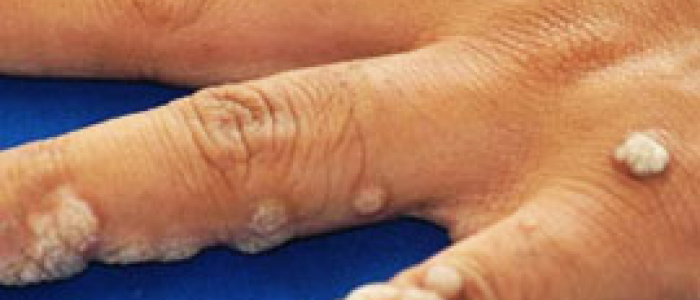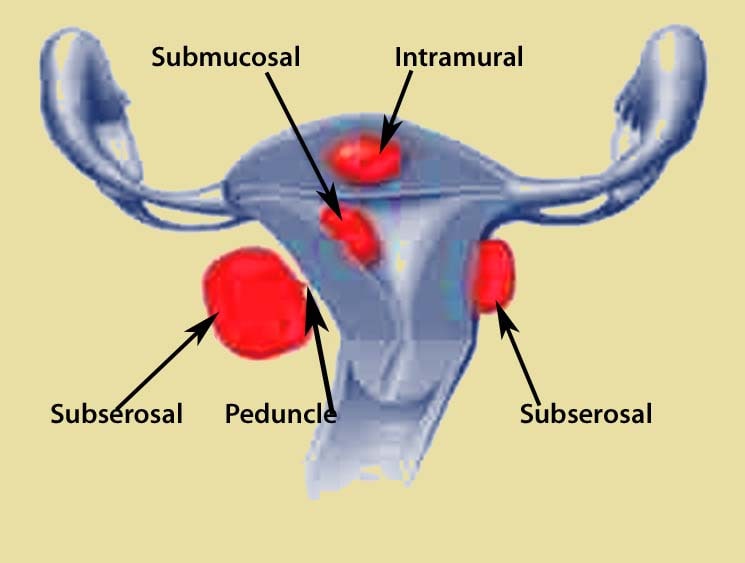
Fibroids can grow in different parts of the uterus the pear-shaped organ located between the bladder and rectum. The uterine walls are composed of muscle, allowing it to expand enormously during pregnancy. Within the uterus is a central cavity in which the fetus develops.
The endometrium is the inner lining of the uterine cavity. A menstrual period results from the shedding of the endometrium. Fibroids located beneath this lining can cause very heavy bleeding.
The ovaries, which produce the female hormones estrogen and progesterone, are tethered to the upper part of the uterus, close to the ends of the fallopian tubes. The fallopian tubes, where fertilization of the eggs occurs, are located at each side of the uterus.
The cervix is the lowest part of the uterus. It has a narrow canal through which menstrual blood passes. The main function of the cervix is to hold the uterus closed during pregnancy.
Pedunculated fibroids are attached to the uterine wall by stalks. Subserosal fibroids extend outward from the uterine wall. Submucosal fibroids expand from the uterine wall into the uterine cavity. Intramural fibroids develop within the uterine wall. These different types of fibroids cause different symptoms. For example, submucosal fibroids typically cause heavy periods. In contrast, subserosal fibroids are more likely to push against the bladder, resulting in frequent urination.



